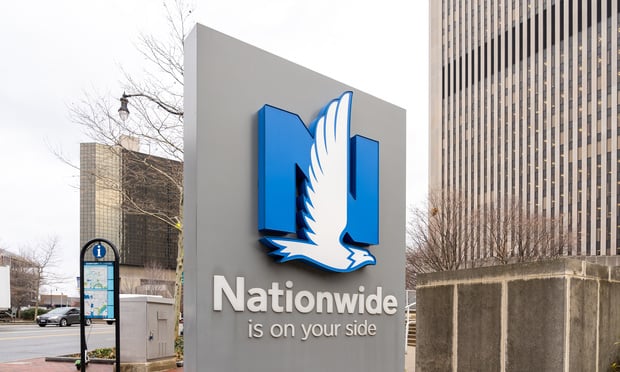From the vantage point of many, Irene's blow was softer than anticipated. Nevertheless, the tropical storm left a trail of broken bodies—24 deaths have been reported—tree limbs, and frayed power lines in its wake, compounding an already record-setting year for catastrophe loss.
Indeed, I.I.I. President Dr. Hartwig's pre-weekend storm loss projections will likely ring true, as preliminary figures point to between $2 to $3 billion—further inflating the year's $18 billion in insured damages across the nation.
But for millions of East Coasters and the property and casualty (P&C) carriers that insure them, the scramble for exit routes amid paralyzed transit systems and post-evacuation inconveniences pale in comparison to the potentially massive implications of flooding, as heavy rains battered already saturated grounds.
In an interview on NPR's “All Things Considered,” Dr. Hartwig explained that the affected areas are not accustomed to dealing with hurricanes. Moreover, unless residing in a flood plain, many homeowners likely will have not purchased flood insurance.
Standard homeowners' policy coverage excludes loss resulting from surface water or groundwater entering the dwelling, and that does not bode well for residents with wet basements and sullied personal possessions. Outside those walls, crippled tree limbs pose a hardship for homeowners as well.
“To begin repairing the roof, the actual tree must be removed from the premises [on which it toppled],” explained Christine Barlow, associate editor of FC&S at the National Underwriter Co. “This is included in the cost to repair the dwelling. However, removing downed trees from the property itself is restricted to a $1,000 limit, with $500 maximum per tree. In a large storm, the insured runs out of debris removal funds quickly.”
Is that a reasonable estimate? It depends. Barlow said roof repairs may necessitate negotiation on both sides, and, yes, out-of-pocket expense for the unlucky homeowners.
“Matching issues are quite common when repairing and/or replacing roof shingles,” Barlow said. “Even if only a portion of the roof was directly damaged by the loss event—in this case, say, wind gusts from Irene—restoring the roof to its pre-loss condition may involve replacing other areas so that homeowners are not left with a roof of disjointed shingles.”
Diana Reitz, CPCU, editorial director of business compliance department reference division at the National Underwriter Co., added that the matching issue is of pronounced importance to condominium owners or others subject to rules set forth by a given homeowners' association.
A Mighty Wind
To recap, if Irene's winds blew off the roof of a house or a commercial property, then coverage would be triggered and thus applied. However, determining if the loss event was wind-driven water or wind/water itself may revive issues that persisted in Katrina claims handling.
Many opt out of flood insurance altogether, but that premium—even if seemingly exorbitant—is still much cheaper than if a storm surge crashes into a house and then the homeowner must begin the arduous task of replacing soggy drywall and ripping out carpet.
“We see a lot of policyholders who are not living close to the ocean and erroneously assume they are not at risk,” said Barlow and Reitz. “You have to also weigh the risks of overflowing rivers, streams, lakes, and surface water several inches deep.”
Want to continue reading?
Become a Free PropertyCasualty360 Digital Reader
Your access to unlimited PropertyCasualty360 content isn’t changing.
Once you are an ALM digital member, you’ll receive:
- Breaking insurance news and analysis, on-site and via our newsletters and custom alerts
- Weekly Insurance Speak podcast featuring exclusive interviews with industry leaders
- Educational webcasts, white papers, and ebooks from industry thought leaders
- Critical converage of the employee benefits and financial advisory markets on our other ALM sites, BenefitsPRO and ThinkAdvisor
Already have an account? Sign In Now
© 2025 ALM Global, LLC, All Rights Reserved. Request academic re-use from www.copyright.com. All other uses, submit a request to [email protected]. For more information visit Asset & Logo Licensing.








